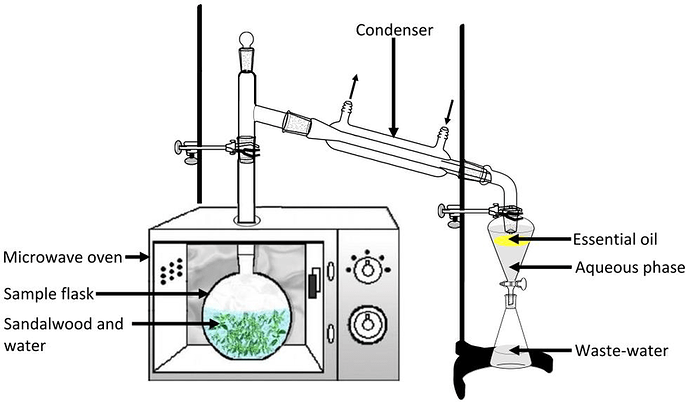Abstract
BACKGROUND: Cannabis (Cannabis sativa L.) is one of the most controversial plants. So far, its multiple application in industry
for the production of fabrics, paper and construction materials is known. Today, there is increasing interest in its application
for medical purposes, as opposed to its opiate activity. In addition to well-known cannabinoids, the presence of polyphenolic
compounds and their antioxidant and reductive abilities are of great importance. Therefore the extraction of both constituents,
polyphenolics and cannabinoids (𝚫9-tetrahydrocannabinol (THC) and cannabidiol (CBD)), of industrial hemp was carried out
usingmicrowave-assisted extraction (MAE).
RESULTS: The effects of different extraction parameters, namely ethanol concentration (30, 50 and 70% v/v), extraction time
(10, 20 and 30min) and solid/liquid ratio (5, 10 and 15 gmL−1), on extraction yield, total phenol content, total flavonoid content,
antioxidant activity, reductive capacity, CBD content and THC content were investigated using response surface methodology.
For the experimental design, a Box–Behnken design was chosen. In the obtained extracts, the following ranges of targeted
compounds were detected: total phenols from 0.8499 to 2.7060mg gallic acid equivalentmL−1, total flavonoids from0.4707 to
1.4246mg catechin equivalentmL−1, THC from 0.0339 to 0.0637mgmL−1 and CBD from 0.2243 to 1.8415mgmL−1. Antioxidant
activity ranged from0.0009 to 0.2079mLmL−1, while reductive capacity ranged from0.0021 to 0.0066mLmL−1.
CONCLUSION: MAE proved to be a simple, efficient, fast and low environmental impact method for obtaining polyphenols
and cannabinoids from C. sativa L. Cannabis herb, which presents a by-product of fiber and cannabis product, showed to be
a promising source of bioactive compounds.
© 2019 Society of Chemical Industry
microwave.pdf (2.3 MB)
